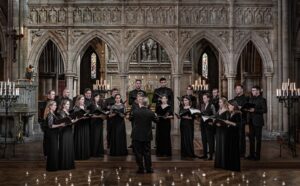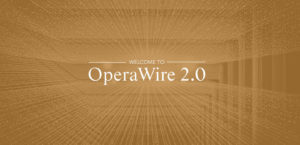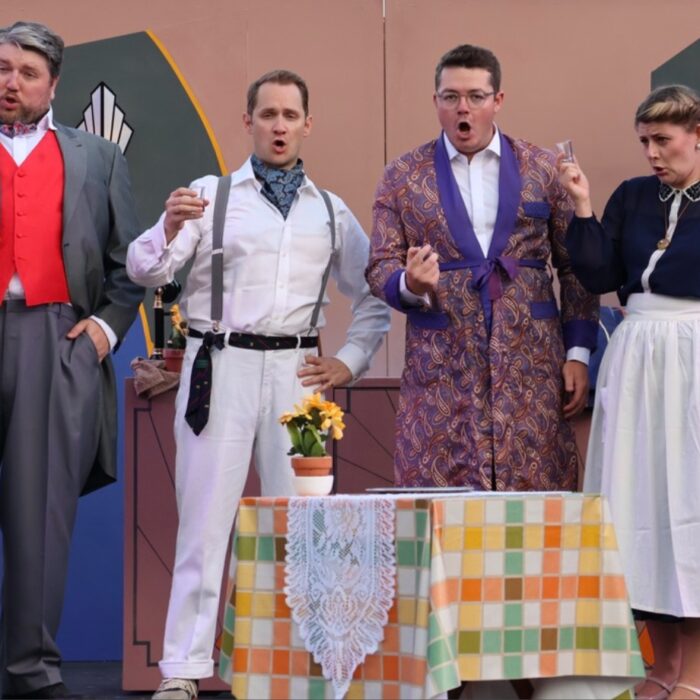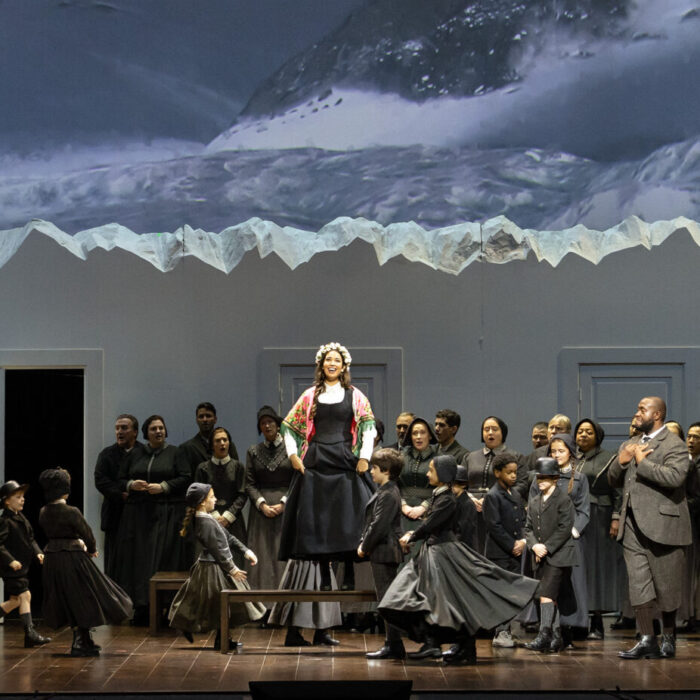
Tage Alter Musik Regensburg Review 2025: Tenebrae Choir
Palestrina 500: Tribute to Il Principe della Musica at the Regensburg Early Music Festival
By Mengguang Huang(Photo Credit:Sim Canetty-Clarke)
In the sombre setting of St. Blasius Church, the Tenebrae Choir—fourteen singers under the direction of Nigel Short—restored clarity, transparency, and delicacy to the music of Palestrina. In contrast to the grandeur and lush resonance of the Dom’s opening concert one day earlier, this smaller-scale a cappella program allowed every line of Palestrina’s polyphony to emerge with luminous definition. Anchored by the complete “Missa Viri Galilaei,” the program navigates from invocation to lament, its framing motets by Lassus, Palestrina, and Felice Anerio thoughtfully placed to highlight different shades of devotion.
The concert opened with Orlande de Lassus’s “Musica Dei donum optime,” a six-voice tribute to music’s divine power. Rather than letting the counterpoint simply drift, Tenebrae shaped each phrase with quiet intent, giving the piece a gentle sense of direction. Their delivery worked perfectly as an ideal prelude, intimate in tone but alert in rhetoric, that set the ear for the precision and care that followed.
Palestrina’s own “Viri Galilaei,” traditionally sung on Ascension Day, came across with striking immediacy. The changing vocal textures—from duet to five voices, then to a luminous four-part harmony—were handled with expressive turns of thought, each shift naturally paced. The choir’s homophonic declamation of “Viri Galilaei” and “quid statis” carried a quiet authority, while the ornamental “Hic Jesus” lines were given space to unfurl gracefully. The final “Alleluia” shimmered, its descending figures passed between voices with effortless luminosity.
The mass that followed—”Missa Viri Galilaei,” a parody mass based on the motet—expanded these gestures into a broader contrapuntal landscape. This was no mere structural borrowing; under Short’s direction, the echoes between motet and mass were brought alive as musical memories, carefully placed. The “Kyrie’s” intricate textures retained complete clarity, while the “Gloria” featured a sudden outburst at “Jesu Christe” that felt like light breaking through stained glass. In the “Crucifixus,” the choir drew listeners inward with a quartet sung in breathtaking restraint; and in the “Agnus Dei,” the mass’s downward motifs reappeared with gentle, upward lift, closing the cycle in quiet radiance. It was a deeply attentive reading— always grounded in breath and balance—that let the structure speak for itself without ever sounding abstract.
After the full density of the mass, “Sicut cervus” brought a moment of suspension, even transcendence. The choir’s finely shaped lines and floating intonation captured the motet’s calm yearning with quiet urgency, drawing the listener into a more inward mode of listening.
Two works by Felice Anerio brought contrast without rupture. In “Ad te levavi,” the opening upward gesture was mirrored in the choir’s spatial dialogue, shaped through antiphonal groupings and seamless shifts between homophony and imitation. “Christus factus est,” by contrast, was stripped-down and direct, its restrained suspensions at “Christus” unfolding with emotional intensity.
To close, Tenebrae offered Palestrina’s majestic eight-voice “Stabat Mater”—a final act of devotion that both grounded and elevated the evening. As the Virgin Mary stands beneath the cross, the music gradually builds through emotional saturation. Each successive entry felt both inevitable and fresh, the choir pacing the build with patient restraint. They allowed the music’s sorrow and radiance to emerge from within, culminating in an atmosphere of solemn beauty that lingered long after the final cadence.
Palestrina’s name stands as a cornerstone of western sacred music, but besides a few compositions, many of his most expressive works remain little known outside specialist circles. This late night concert offered a fitting tribute for his 500th anniversary, also a richly immersive listening experience in its own right. In Nigel Short’s hands, Tenebrae brought this repertoire into sharp contemporary focus—by trusting its inner power.



